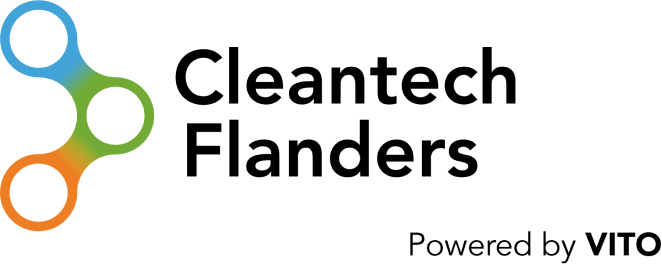WATER
Sustainable buildings and water
In construction, water plays a specific role as a resource. Except as a solvent, this resource is best avoided or controlled.
The optimisation of water efficiency during the use of a sustainable building has increased dramatically with the – now standard – implementation of water-efficient couplings. Further water savings during this phase will be achieved through better monitoring, reuse of grey water, rainwater harvesting, etc. The use of these more specific water strategies for sustainable buildings is fuelled by owner requirements, regulatory compliance, and public awareness. Studies have shown that sustainable buildings (through certification systems such as LEED, BREAAM, etc.) save more than 30% of their total (Al-Qawasmi J. et al., 2019).
The next major efforts in water efficiency management are in the construction phase of sustainable buildings. A first issue concerns groundwater extracted from building sites and discharged directly into the sewage system, after which it is discharged into nearby waterways and surface waters. That a lot of water is involved is evident from the figures. In 2020, 19,792 environmental permits were approved for new residential projects in Flanders. The vast majority of these need well logging for the installation of foundations and or cellars. Since a permit for well logging is only required from a flow rate of >10m3/h (or >30.000m3/year) there are no exact figures, but it concerns (conservatively estimated) tens of millions of cubic meters of water that is lost. In addition, there are the construction sites for commercial, industrial and infrastructure projects (53% of the work volume in the construction industry) where it is not unusual to carry out well logging of 100m3/h or more, often for several months at a time. That is how loss due to well logging approaches one hundred million cubic meters per year.
The reality of recurring droughts in Flanders has put this practice in the spotlight and opened the dialogue on how to avoid this water loss in order to protect the health of the groundwater layers in Flanders. Methods such as controlled re-injection into aquifers (MAR) or storage with redistribution over suitable water users (e.g. agriculture) are just some of the solutions being discussed in newly established initiatives, such as the HERBRONNEN campaign (Vlaanderen Circulair & Aquafin) by the WERFWATER initiative. Any legislation on this subject will have to take into account the quality of the groundwater, whether it is used for drinking water, as well as the technical and practical feasibility for building owners.
A final example of water use in sustainable buildings is the increasing use of green walls, where vegetation evaporates water (creating a cooling effect) and can act as a rainwater buffer during heavy rainfall. This ecological building trend is gaining popularity, partly because of its aesthetics, but also because of its social benefits: it reduces fine dust in the air, acts as a CO2 sink and protects construction components from UV radiation.
Given the special place that water occupies in the context of sustainable buildings, it is not surprising that sustainable innovation in this field has taken some time. Nevertheless, there is still a lot of potential to promote sustainable water management within the industry, which makes for a bright future.

Alain Ducheyne
Project manager Cleantech Flanders
- Al-Qawasmi J. et al., 2019
- www.werfwater.be


